Stories from the Field (.PDF) highlights a dozen food system innovations led by GCFSI grantees working in seven countries.
When properly processed, decomposing human and animal waste has the power to change lives. While it might sound – and smell – funny, the power of poop lies in biogas, a renewable energy source produced during anaerobic digestion, or the breakdown of waste. Sped up through a system of digesters, the process yields a gas of about 60 percent methane that can be used for cooking, refrigeration, and other basic needs. Moreover, the waste itself can be processed and applied to fields to enrich the soil and improve crop production. Read full article. Listen to podcast.
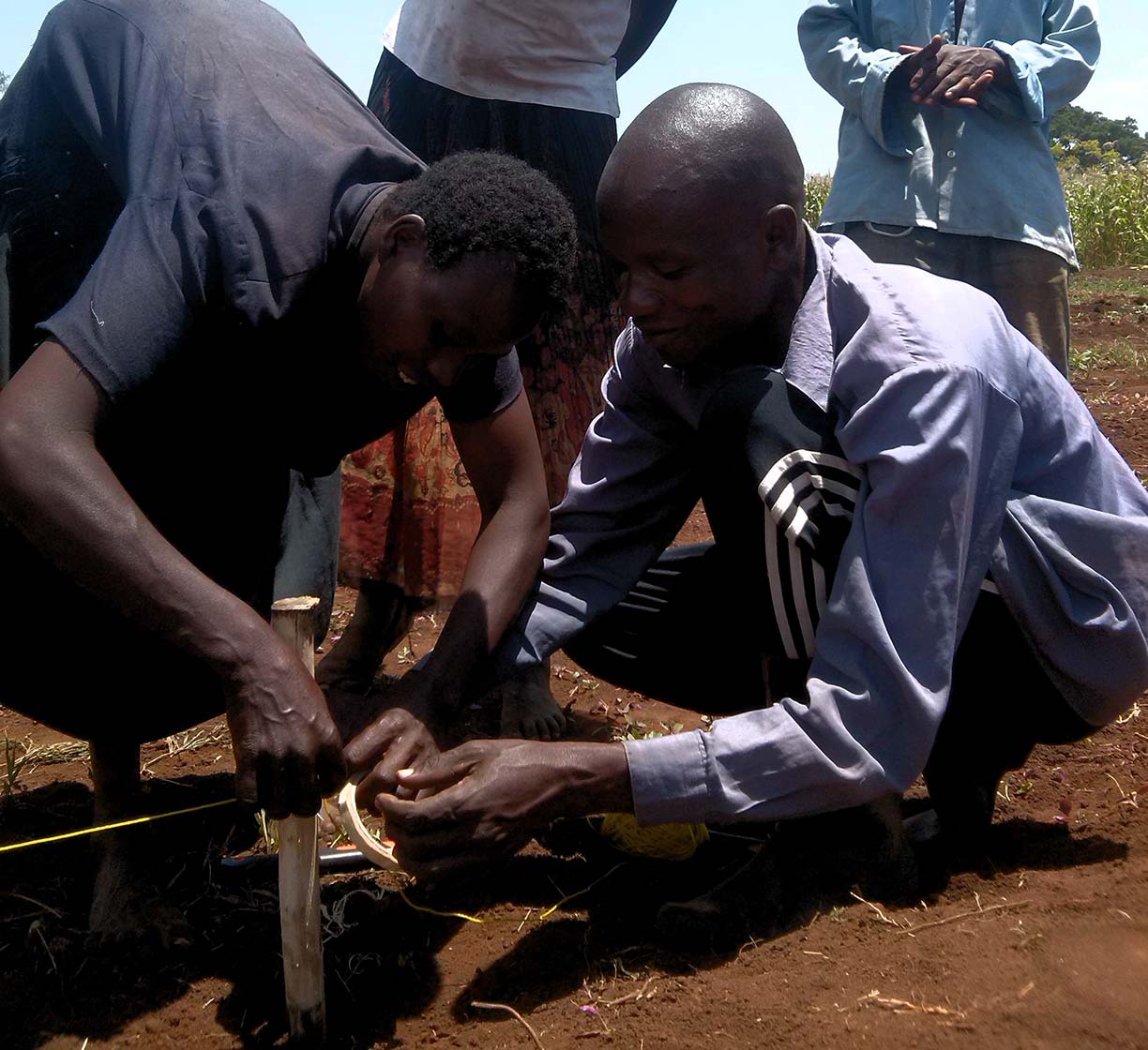 Building Capacity for Community-Driven Irrigation Tech
Building Capacity for Community-Driven Irrigation TechIrrigation is a high-priority issue in the largely rain-fed agricultural communities of Uganda. Without it, farmers struggle to adapt to tough growing conditions, from severe drought to disastrous flooding. However necessary, upfront system costs and top-down approaches have left many valuable crop plots at the whim of the weather. Read Full Story
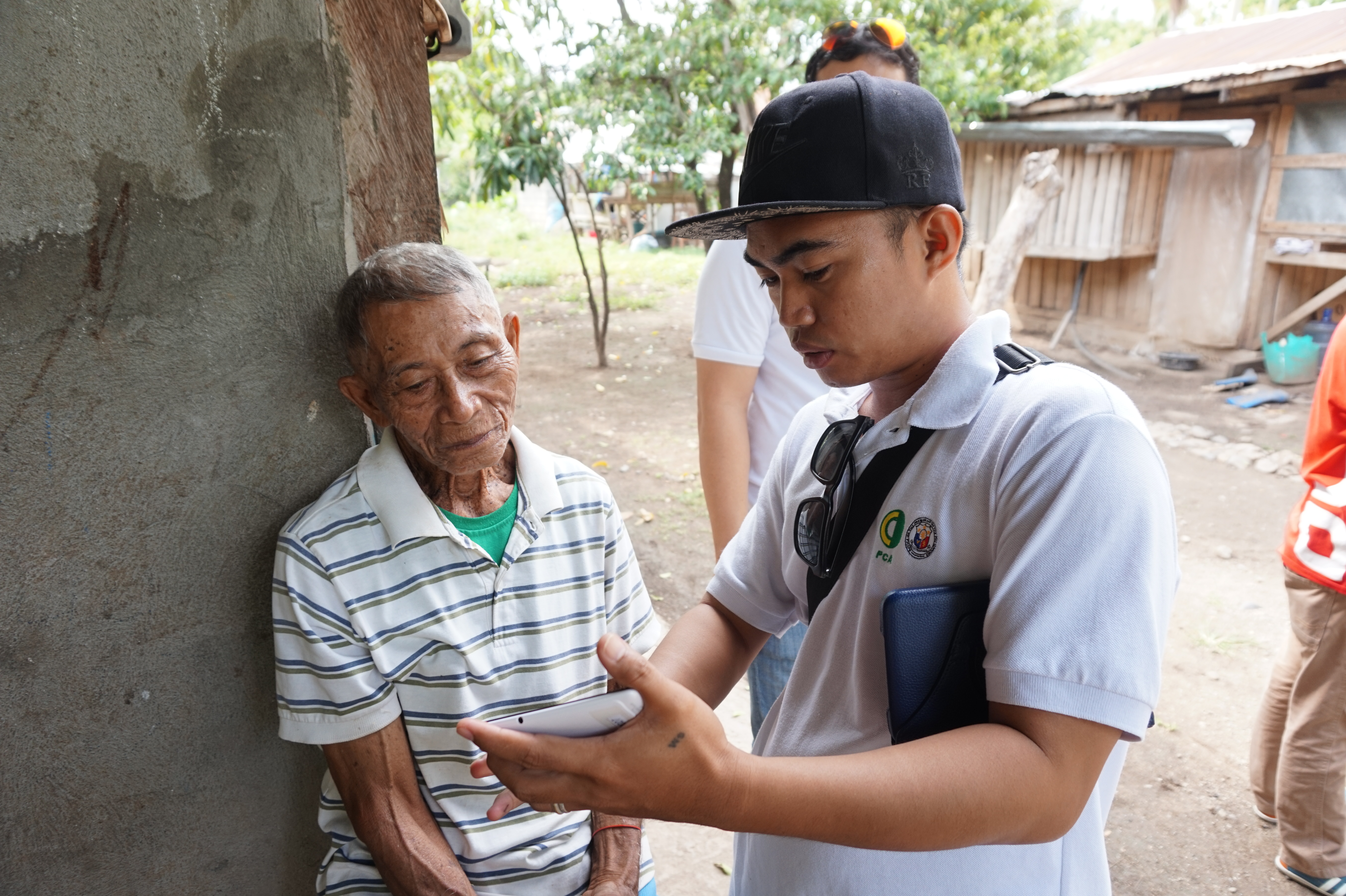 Innovation in the Philippines: Coconut farmers receive valuable warnings via text
Innovation in the Philippines: Coconut farmers receive valuable warnings via textContrary to its name, the coconut is not a nut – it's the largest stone fruit in the world. Sold in the food and beverage industry, harvested for construction purposes, used in cosmetics, and transformed into decorative objects, the coconut has many applications. While a quarter of the world's coconut production stems from the Philippines, the country's coconut farmers are the poorest around the globe. Read Full Story
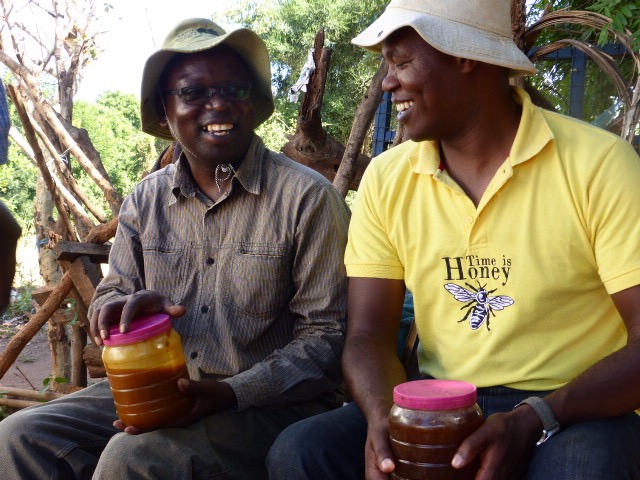 Kenya: Calling All Beekeepers
Kenya: Calling All BeekeepersIn its 2009 National Beekeeping Policy, the Kenyan government estimated that the nation is producing only a mere 15 percent of available honey, and harvesting just over one percent of potential beeswax. To help beekeepers get more out of the hives, a group of seven researchers launched a grassroots-style, cell phone-based, data collection initiative aimed at identifying best management practices and most productive landscapes for honey bees. Read Full Article
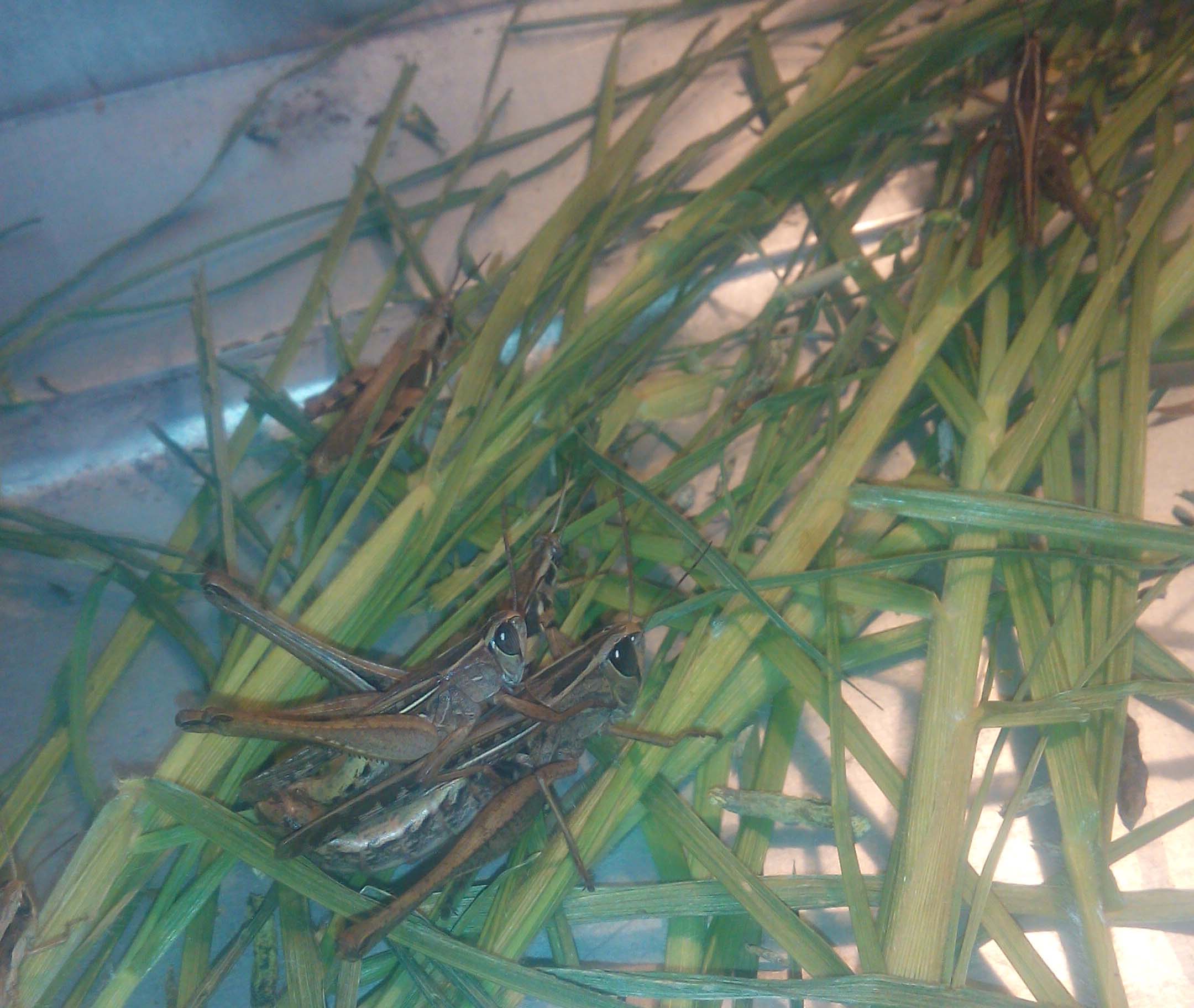 Wild-Caught Protein: Grasshoppers, Locusts Help Curb Malnourishment in East Africa
Wild-Caught Protein: Grasshoppers, Locusts Help Curb Malnourishment in East AfricaProteins are known as the body's building blocks, but for many people in Kenya, protein sources are too expensive, leading to nutrient-poor diets linked to diseases and cognitive development problems. To improve availability of protein-rich food, researchers John Nduko and Anthony King'ori, of Egerton University, turned to wild-caught protein, namely grasshoppers and locusts. Read Full Article
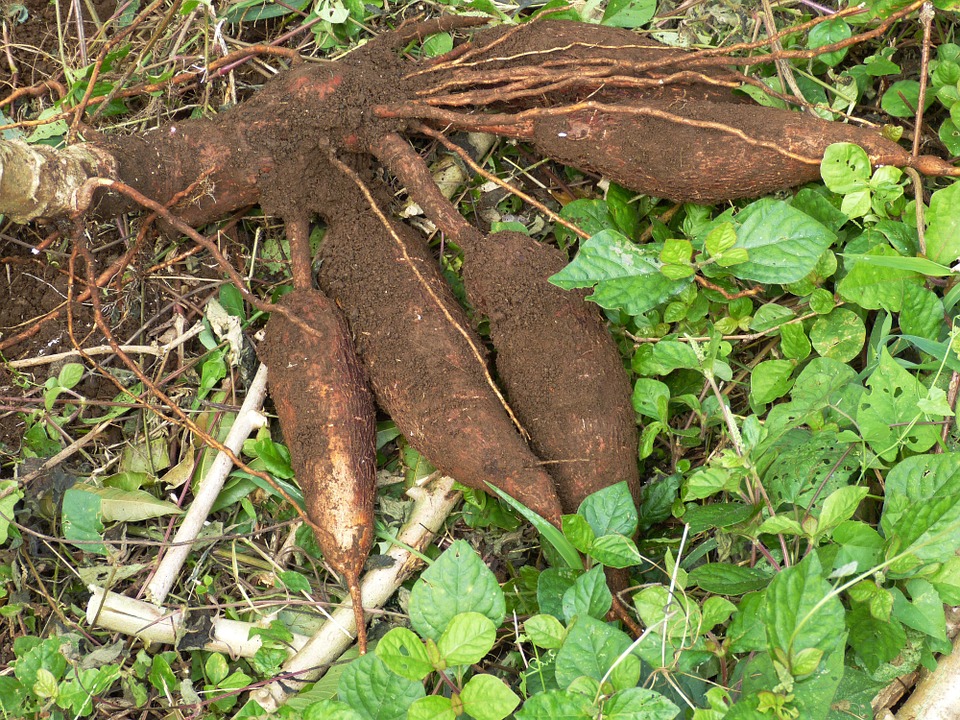 Toward High-Value, Zero-Waste Cassava Processing
Toward High-Value, Zero-Waste Cassava ProcessingAn important subsistence crop in Tanzania, cassava is grown in all regions of the country, yet processing constraints make it difficult for small and medium scale farmers to compete with large scale operations. To level the playing field, two researchers developed a low-cost processing system that produces high-value cassava flour with virtually no waste. Currently in the pilot stage, the new system has the capacity to mill 500 kg of cassava flour per day. Read Full Article
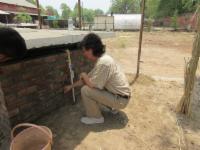 Advancing India's Food Security with Low-Impact Refrigeration
Advancing India's Food Security with Low-Impact RefrigerationWhile hunger plagues a quarter of India's 1.3 billion people, food losses continue to stack up, rotting and wilting during post-harvest and processing. To improve on-farm food storage and divert food waste, a team of researchers funded the Global Center for Food Systems Innovation are implementing two types of evaporative cooling (EC) technology. Read Full Article
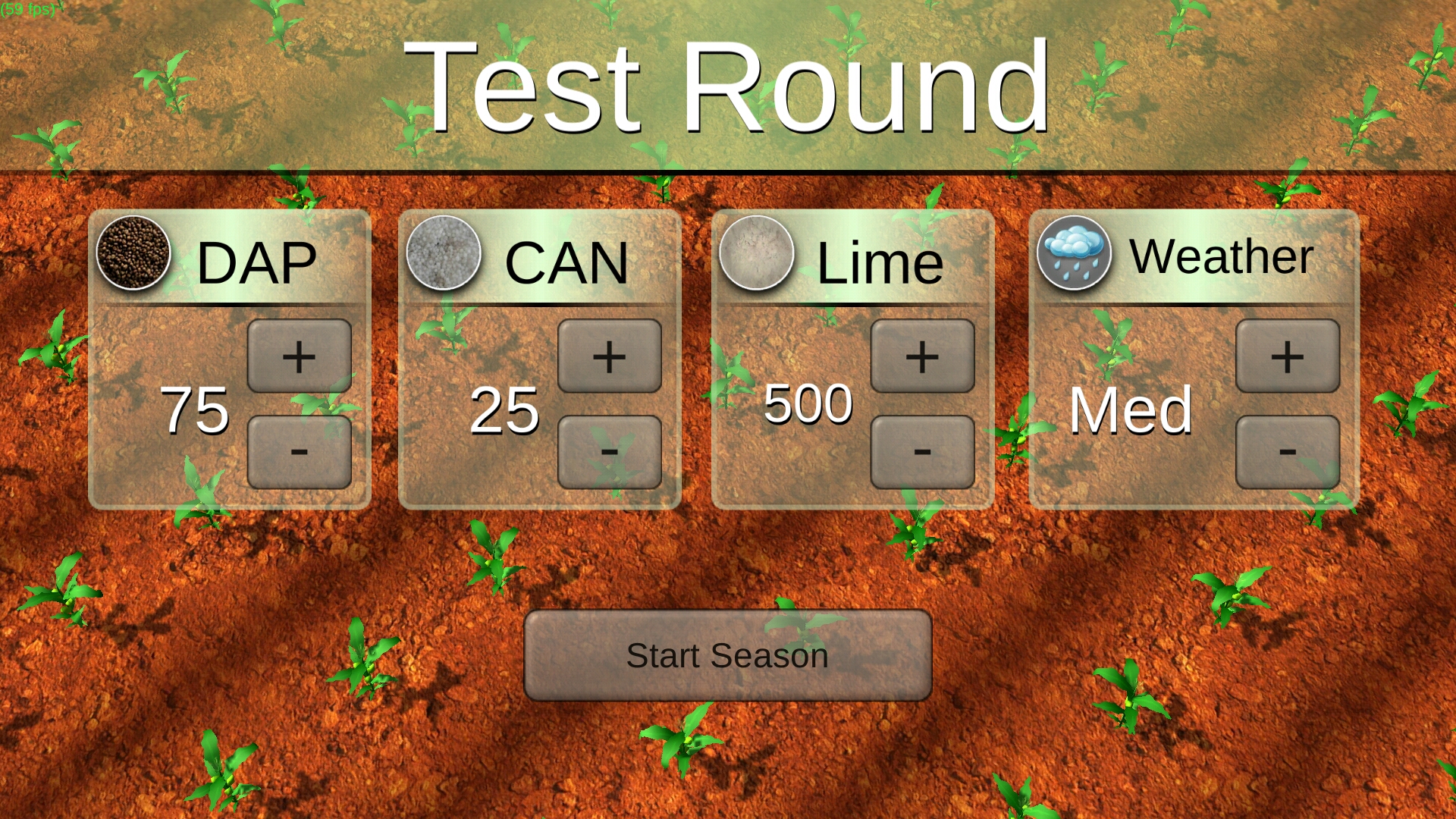 GCFSI Innovators Develop Virtual Game to Benefit Maize Farmers
GCFSI Innovators Develop Virtual Game to Benefit Maize FarmersFarmVille, a farming simulation game, is among the most popular social networking games ever launched. Since its 2009 debut on Facebook, the virtual game has been played by over 400 million users in 215 counties. Ever wondered how a game like FarmVille could actually be used to improve agriculture? That was the challenge accepted by two researchers, Emilia Tjernstrom, of the University of Wisconsin-Madison, and Travis Lybbert, of the University of California-Davis. Read Full Article
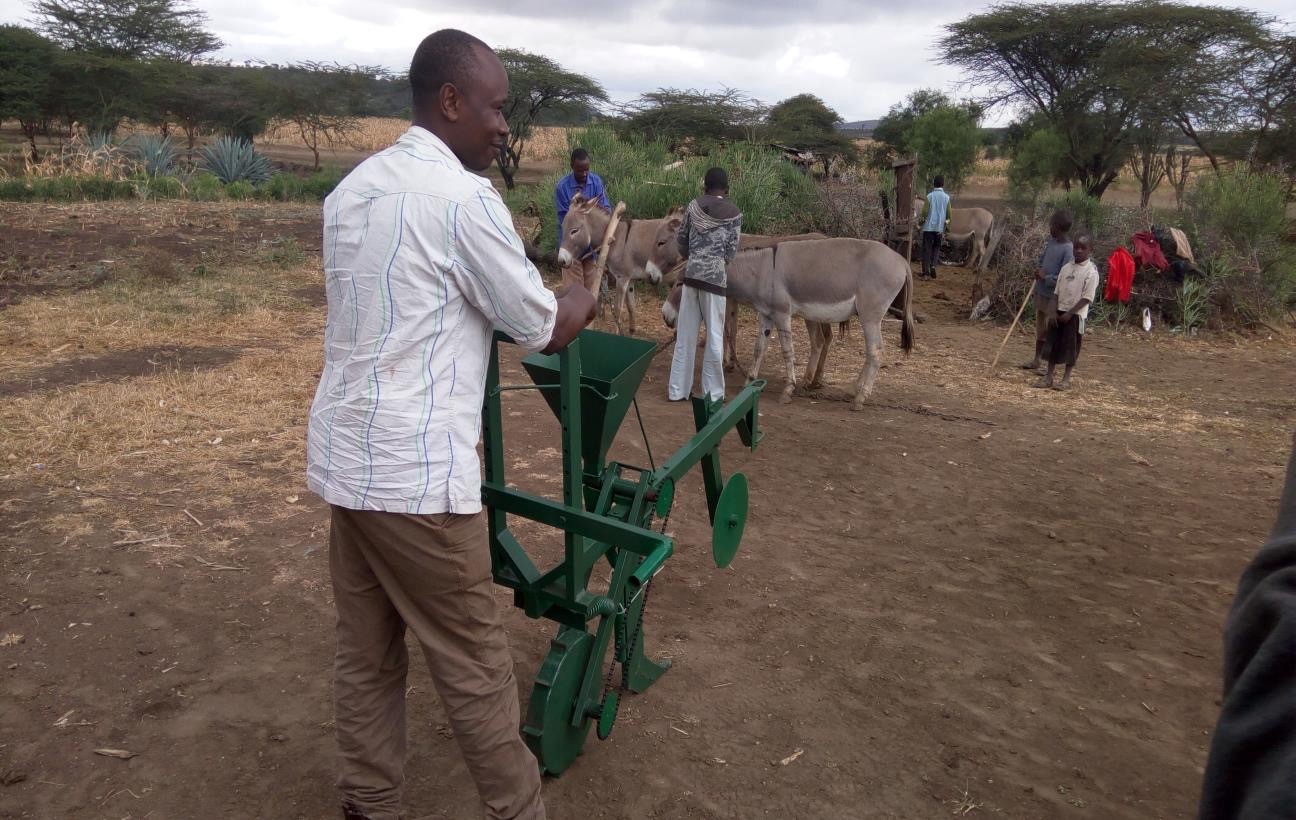
Of the 52 million people who call Tanzania home, 70 percent are farmers by trade, relying on tractors or hand tools to plant seeds year after year. While the efficiency of hand tools pales in comparison to the use of a tractor, the tractor is too expensive for many households. Salim Msury, an engineering student at the country's Arusha Technical College, is developing the Ripper and Seed Planter, a low-cost alternative that he has been actively testing in nearby villages. Read Full Article